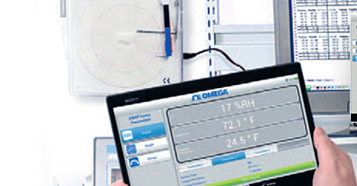 1. ISO 17025 Certification
1. ISO 17025 CertificationISO Certifications adds credibility to the quality and the processes of your company. If you are considering investing your team’s time into an ISO 17025 Certification, you should know Section 5.3, requires the control, monitoring and recording of laboratory environmental conditions for an accredited test and calibration lab. This monitoring includes measuring and maintaining air temperature and humidity conditions to a predefined specification.
2. Easy access to your data
In prior years a metrology lab technician would load a new piece of circular chart paper into the chart recorder for a pre-defined sampling period, typically 1 day or 1 week. The completed charts might be locked away in a file cabinet. Incorrectly charting data past one rotation of the chart paper was common. Wireless transmitters allow you to download, share, and email and upload data files in .csv or .txt to the cloud. You will find manipulating a spreadsheet is a way more convenient way to crunch your data that can be accessed long after outstanding metrology issues are uncovered, or any time that an ISO 17025 audit takes place in the lab.
3. Storage capabilities (no more file cabinets!)
The most powerful portable devices allow a technician to log up to 20,000 data points internally in the transmitter at fixed rates of 1 sample per second up to 1 sample/minute. This gives a flexible range of 5½ hours to 2 weeks of internal data storage. Humidity data can be stored in both %RH and dew point.
4. Alarms: monitor your lab on the go
If you are dealing with controlled labs where variations to conditions represent a risk, alerts are an easy way to monitor when lab temperature or RH readings go outside preset limits. Alarms are usually indicated in 3 different formats: within the mobile app (if your transmitter allows pairing with a mobile device), sound alarms, or visual alarms in the form of LED on the transmitter.
5. Make it mobile
Relative Humidity and Temperature already deal with multiple device settings and configurations. Wireless transmitters that connect your sensor to your smart phone or tablet add an extra layer of convenience to your application, empowering your device with the capabilities of a portable data acquisition system.
 CLOSE
CLOSE


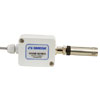

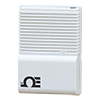
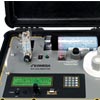
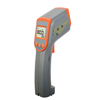
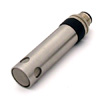
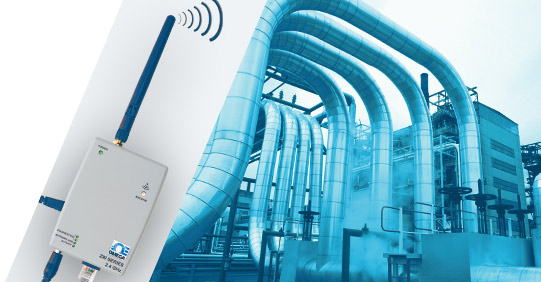 High-value assets such as aerospace systems must be monitored and protected while in transit to the final assembly location...
High-value assets such as aerospace systems must be monitored and protected while in transit to the final assembly location...
 Recording temperature in freezers is important in the storage of blood plasma, vaccines, pharmaceuticals...
Recording temperature in freezers is important in the storage of blood plasma, vaccines, pharmaceuticals...
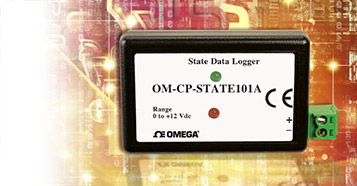 Understanding the principles of how they operate is vitally important when selecting a data logger for your application.
Understanding the principles of how they operate is vitally important when selecting a data logger for your application.